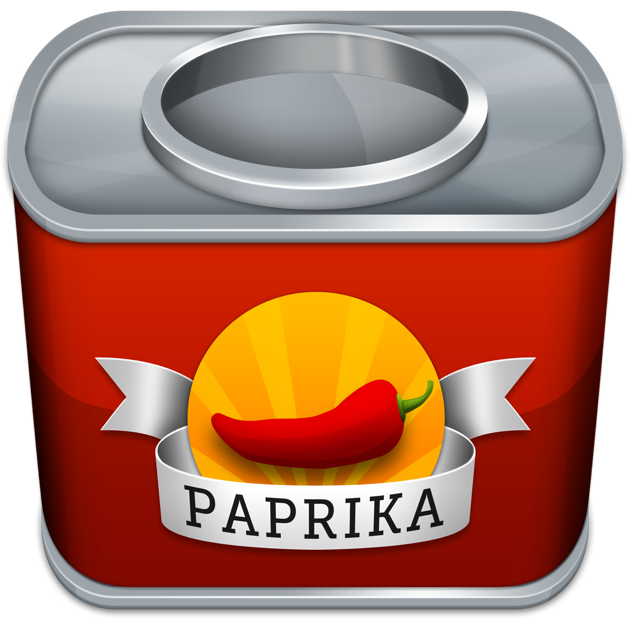Once again, the Flavor Bible format is a weird format to read and then write a review of. The first two chapters, before it got into the A-Z list section, were quite interesting to read! I was, frankly, already sold on a nearly-vegetarian diet, so a lot of it felt like preaching to the choir, but I enjoyed the discussion regardless.
The majority of the book continues to feel sorta like sitting down to read through a Wikipedia category page, and makes for an absolutely dismal epub, but it’s a valuable resource nevertheless. I actually ordered myself a print copy to keep in the kitchen in the future… but depending on how that goes, may wind up putting together a database I can query against instead. Last time I thought of Pokemon type charts; this time, I thought of SQL schema.1
Having now bought this book twice, it’s clear to see that I appreciate it, and as such, that I can recommend it, maybe even more than the original Flavor Bible. Check it out!2
- Two tables, basically: the
keyword, and then a join table fromkeywordback to itself, with an additional field on it for the level of relationship between the two. ↩ - This is a Bookshop affiliate link – if you buy it from here, I get a little bit of commission. It won’t hurt my feelings if you buy it elsewhere; honestly, I’d rather you check it out from your local library, or go to a local book store. I use Bookshop affiliate links instead of Amazon because they distribute a significant chunk of their profits to small, local book stores. ↩
